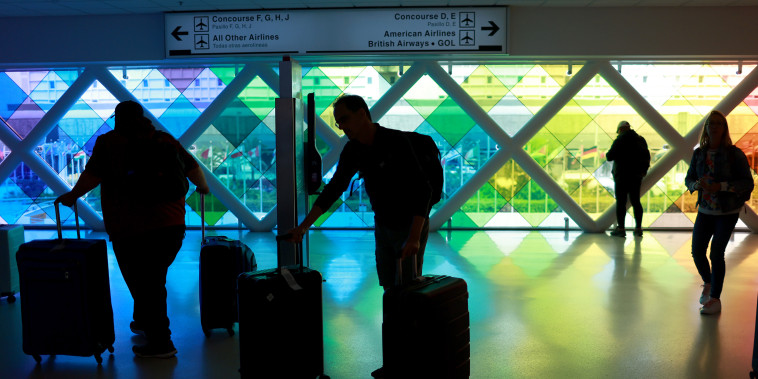The rapid growth of air travel demand has been a significant trend in the aviation industry over the past few decades. From increased accessibility to more affordable fares, various factors have contributed to this surge in the number of passengers taking to the skies. Despite the record-breaking demand for air travel, however, airlines are struggling to see substantial profits. This disparity between demand and profitability has posed challenges for airlines and prompted a closer examination of the industry dynamics at play.
One of the main reasons for the disparity between increasing demand and stagnant profits in the airline industry is the rise in operating costs. Despite advances in fuel efficiency and aircraft technology, fuel costs remain a significant expense for airlines. Fluctuations in oil prices and geopolitical factors can impact fuel prices, leading to increased operational costs for airlines. Additionally, other operational expenses such as labor, maintenance, and airport fees continue to rise, putting further pressure on airline profitability.
Moreover, intense competition within the industry has also contributed to the challenges faced by airlines in terms of profitability. Low-cost carriers have disrupted the traditional airline business model by offering budget-friendly fares and unbundled services. This has forced legacy carriers to lower their fares to remain competitive, resulting in reduced profit margins. The proliferation of online travel agencies and price-comparison websites has further intensified competition among airlines, making it difficult for them to maintain higher profit margins.
Another factor affecting airline profitability is the seasonal nature of travel demand. While certain times of the year experience a surge in passenger traffic, other periods may see a decline in demand. This seasonality can make it challenging for airlines to optimize their capacity utilization and revenue generation throughout the year. Airlines often have to balance the cyclical nature of demand with the need to cover fixed costs and maintain profitability, leading to revenue fluctuations and potential losses during off-peak periods.
Furthermore, external factors such as economic downturns, natural disasters, and geopolitical instabilities can impact airline profitability. Uncertainties in the global economic environment can lead to reduced consumer spending on travel, affecting demand for airline services. Similarly, natural disasters or geopolitical tensions in key markets can disrupt air travel routes and operations, further undermining airline profitability. Airlines have to navigate these external challenges while also managing internal factors to sustain their financial viability.
In conclusion, the record-breaking demand for air travel has not necessarily translated into substantial profits for airlines. The industry’s complex dynamics, including rising operating costs, intense competition, seasonality of demand, and external uncertainties, have posed challenges for airlines in maintaining profitability. To address these challenges and enhance their financial performance, airlines must focus on cost management, revenue optimization, strategic partnerships, and operational efficiency. By adapting to the evolving industry landscape and implementing sustainable business practices, airlines can overcome the profitability conundrum and thrive in the highly competitive air travel market.
